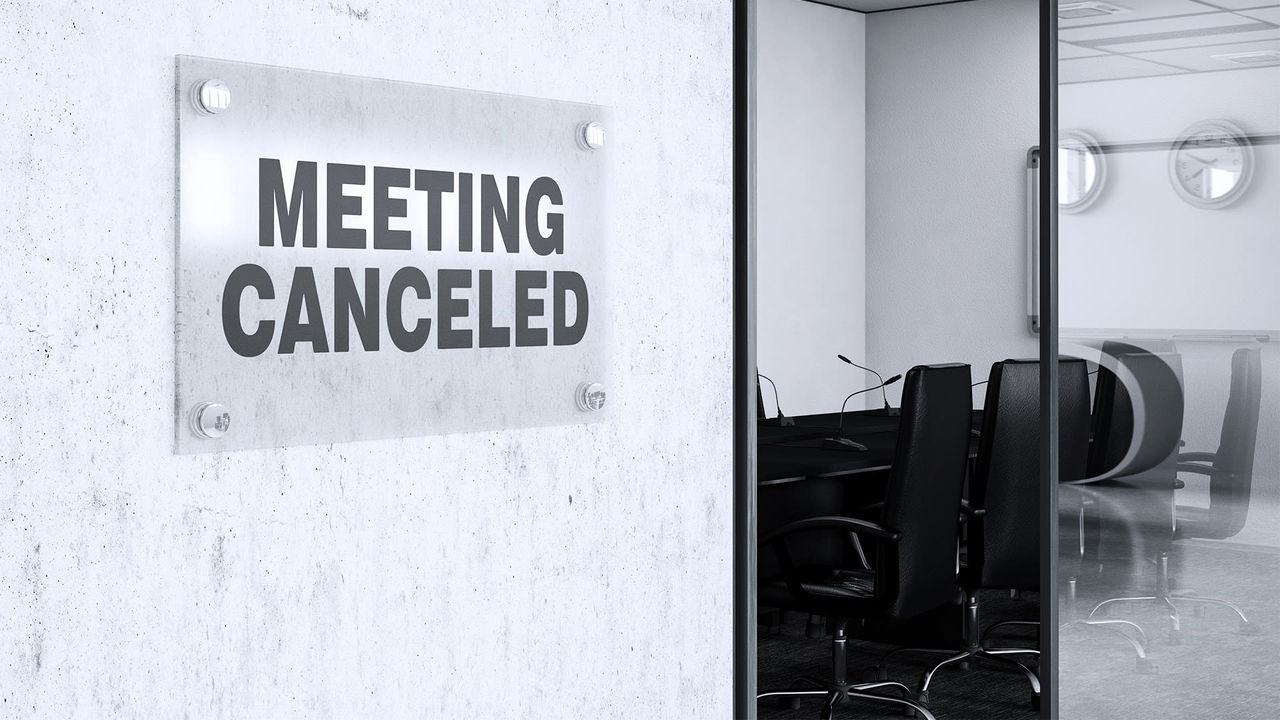6 Lessons Execs Can Learn from Shopify's Meetings Diet
While a wholesale ban on meetings isn't the answer, eliminating them on a case-by-case basis and giving employees the power to &just say no& will free up more time to focus.

While a wholesale ban on meetings isn't the answer, eliminating them on a case-by-case basis and giving employees the power to &just say no& will free up more time to focus.
